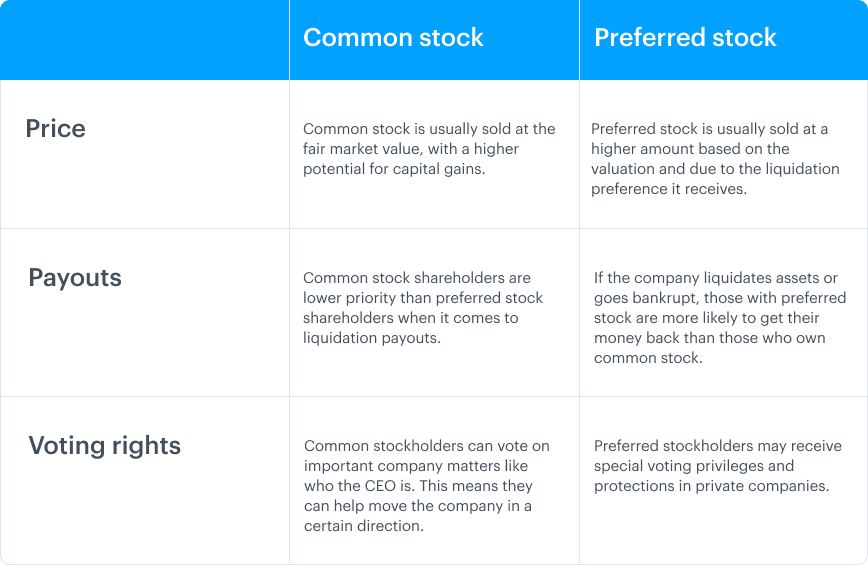Content

C represents the cash flow that the asset is projected to generate in each time period. If we calculate the sum of all cash inflows and outflows, we get $17.3m once again for our NPV. A key assessment is whether, for a given discount rate, the NPV is positive or negative (loss-making). The IRR is the discount rate for which the NPV is exactly 0. When the initial investment is made at the start of the first period, we can treat it as a cash flow at the end of the previous period (i.e. period 0).

When revenues are greater than costs, the investor makes a profit. Another limitation of the NPV is that it’s often difficult to accurately estimate the discount rate. Because of this, it might also be difficult to accurately account for the riskiness of projected cash flows.
About This Article
In cell B4, we find that if we pay $3,000 for five years at the end of each, the present value of our payments is $10,814.33. A dollar today is clearly worth more than a dollar received a year from now. Suppose you can invest $1 today and turn it into $1.20 a year from now. Although it’s not common to manually calculate net present value, it’s important to know the inputs that go into the formula, as well as the math behind it. In practice, determining NPV depends on being able to accurately determine the inputs, which is difficult. NPV discounts each inflow and outflow to the present, and then sums them to see how the value of the inflows compares to the other.
Why are future cash flows discounted to NPV?
Simply put, because of the time value of money. A dollar in the future is worth less than a dollar today, and incorporating that concept into financial models is the best way to make investment decisions in the present. The future is uncertain, and inflationary pressures further cause the value of a dollar to weaken over time.
Of course, there’s no reason to calculate NPV by yourself, especially since there are so many NPV calculators available to use instead. Investopedia provides a simple NPV calculator that you can use to determine the difference between the value of your cash inflows and cash outflows. Using variable rates over time, or discounting “guaranteed” cash flows differently from “at risk” cash flows, may be a superior methodology but is seldom used in practice. Using the discount rate to adjust for risk is often difficult to do in practice and is difficult to do well. An alternative to using discount factor to adjust for risk is to explicitly correct the cash flows for the risk elements using rNPV or a similar method, then discount at the firm’s rate. NPV in Excel does not recognize omitted periods and ignores empty cells.
Using Cash Outflows to Determine NVP
This concept is the basis of the Net Present Value Rule, which says that you should only engage in projects with a positive net present https://business-accounting.net/ value. The internal rate of return is a metric used in capital budgeting to estimate the return of potential investments.
- When you present value all future payments and add $1,000 tothe NPV amount, the total is $9,585.98 identical to the PV formula.
- This is often a subjective decision that an objective measure, like the NPV, can’t easily account for.
- The present value of a $100 perpetuity discounted at 5% is $1,200.
- In other words, $100 is the present value of $110 that are expected to be received in the future.
- Next, you’ll weight the value of your cash inflows for each time period we’re analyzing against the amount of money you’ll make from your alternate investment in the same period.
In closing, the project in our example exercise would likely be accepted given its positive calculated NPV. Because of a quite specific implementation of the NPV function, many errors are made when calculating net present value in Excel. The simple examples below demonstrate the most typical errors and how to avoid them. This formula includes the initial cost in the range of values.
Did you know you can get expert answers for this article?
Please calculate the NPV for the following cash flow, considering minimum discount rate of 10% and 15%. The other way to call the IRR function in Excel is just writing the IRR function. You can see Excel shows this here, shows the function here.
Since annuities include multiple payments over the lifetime of the investment, the PV (or V1 in is the present value of the entire investment, not just the first payment. The yield of an annuity is commonly found using either the percent change in the value from PV to FV, or the internal rate of return. Given a collection of pairs , a rate of return for which the net present value is zero is an internal rate of return. We calculate the net present value of -$9,764.60 in Equation 30.Our investment became a disaster because we earned a negative return because the euro had depreciated.
Additionally, if you have prior work or internship experience using NPV, you can call that out in the description of the job or internship. For example, you can mention a project that involved calculating the net present value to compare five investment options as an intern with Goldman Sachs.
- There’s a very important point in calling Excel IRR function.
- The present value of a cash flow depends on the interval of time between now and the cash flow.
- You can write a value here– you can write 10%, or you can read it from this cell.
- In most cases, a financial analyst needs to calculate the net present value of a series of cash flows, not just one individual cash flow.
- Unlike NPV, the Excel XNPV function is implemented “normally” – the first value corresponds to the outflow that occurs at the beginning of the investment.
- Present value or PV is the result of discounting one or more future amounts to the present.
And then I have to calculate the NPV of the rest of the cash flows that start from year one using the NPV function. So we can always double-check this result that we calculated rate of return using Excel IRR function.
Refer to the tutorial article written by Samuel Baker for more detailed relationship between the NPV and the discount rate. Unlike NPV, the Excel XNPV function is implemented “normally” – the first value corresponds to the outflow that occurs at the beginning of the investment. All successive cash flows are discounted based on a 365-day year. In other words, PV only accounts for cash inflows, while PV vs NPV NPV also accounts for the initial investment or outlay, making it a net figure. Net present value – is the difference between the present value of cash inflows and the present value of cash outflows. Present value – refers to all future cash inflows in a given period. Net present value is the result of discounting all of the cash inflows and outflows and then combining all of their present values.
